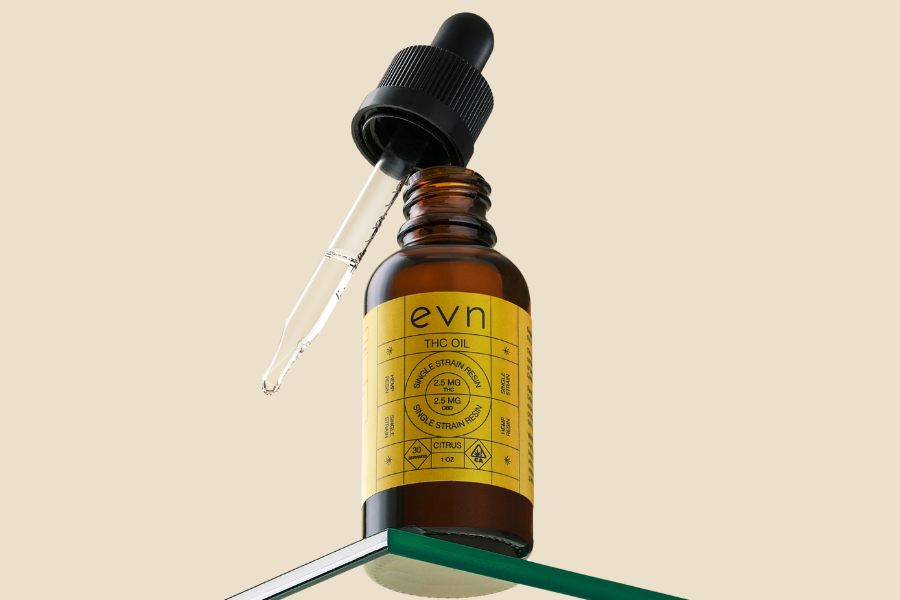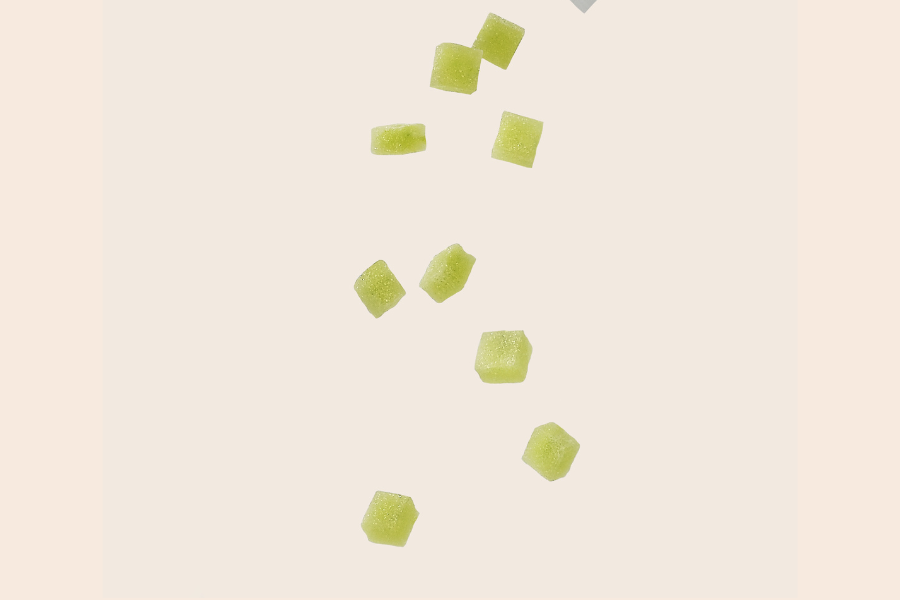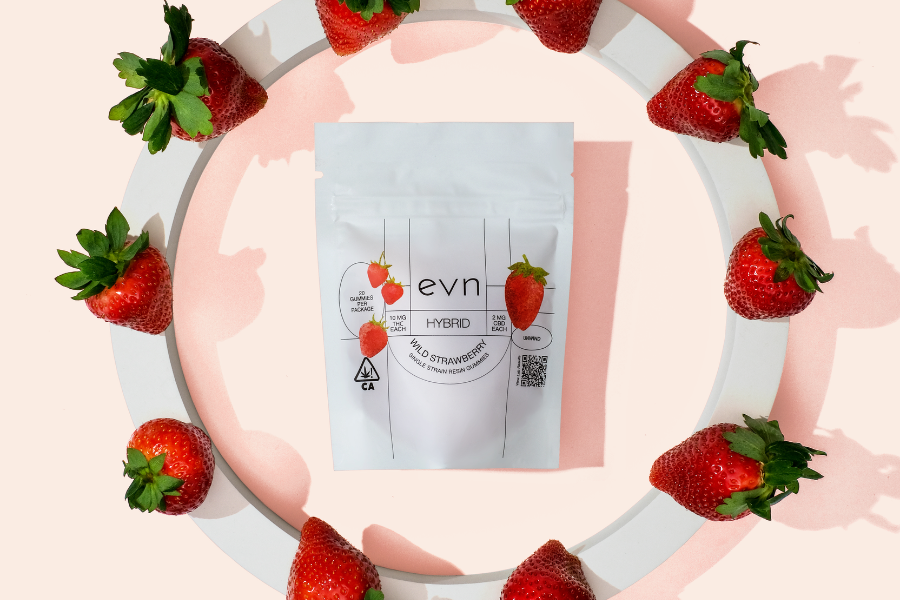
Decarbing Live Resin For Edibles: How to Decarb Live Resin Step-by-Step
There’s no question that live resin is the king of cannabis concentrates. It’s as potent, pure, and true-to-strain as it gets. Although smoking live resin, or dabbing it, is the most common method...

There are so many ways you can enjoy cannabis these days that don’t involve smoking anything. Don’t get us wrong, there’s nothing like passing a joint around with friends or taking a single bong r...

When most people think about using cannabis they’re drawn to edibles, vapes, or even good ol’ flower to smoke. But sublingual consumption methods are becoming much more popular, and it’s not hard ...

Edibles are a great option for nausea since they tend to offer prolonged symptom relief. But what are the best edibles for nausea? In this blog, we will answer this and more!

Do CBD gummies have benefits in the bedroom? Let's take a closer look.

How to Make Live Resin Gummies
We’ll provide step-by-step instructions on how to make live resin gummies below. Or, save the time and stress of DIY THC gummies with live resin gummies at Evn!

How Long Do Live Resin Gummies Take to Kick In?
There’s really no better way to enjoy all that cannabis has to offer than life resin gummies. They produce the most balanced experience in flavor and effects, they’re convenient, discreet, and aff...
